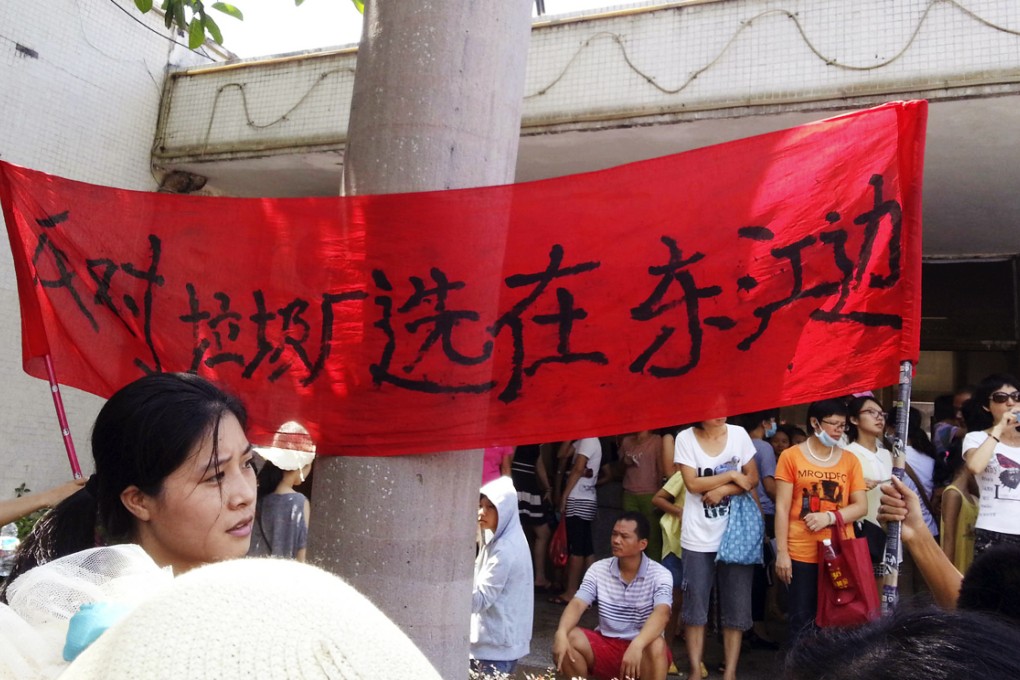Incinerator dioxin levels reduced but new rules allow more types of waste to be burned
Tighter emission standards rein in output of dioxins, but critics say the revisions allow burning of industrial sludge in city furnaces

New environmental standards have tightened the emission of dioxins, a group of major carcinogens, across the mainland by a factor of 10 in response to rising public fears over incinerating household waste in cities.
But the updated regulation, which took effect on July 1, may not allay public fears and stop protests over incinerator projects, with some experts and industry insiders saying that some of the clauses will actually help incinerating businesses to grow.
Protests over municipal incinerators have broken out in cities in recent years, with the latest taking place in Huizhou , Guangdong, on the weekend. In May, another rally in Hangzhou , Zhejiang , turned violent.
As urban landfills run out of space, governments are caught between a worsening rubbish crisis and rising environmental activism.
The revised standards stipulate that emissions of dioxins - a group of toxic chemicals that can accumulate in the environment and increase cancer risks - must be under 0.1 nanogram per cubic metre, in line with the most stringent limits adopted in the world. The previous standard allowed 1 nanogram per cubic metre.